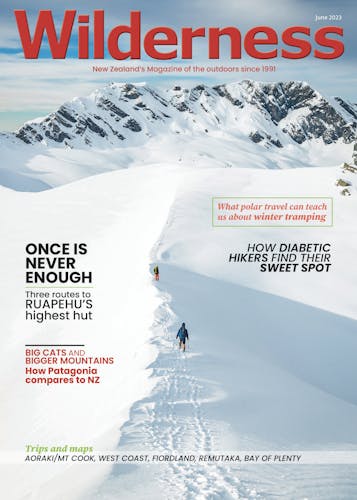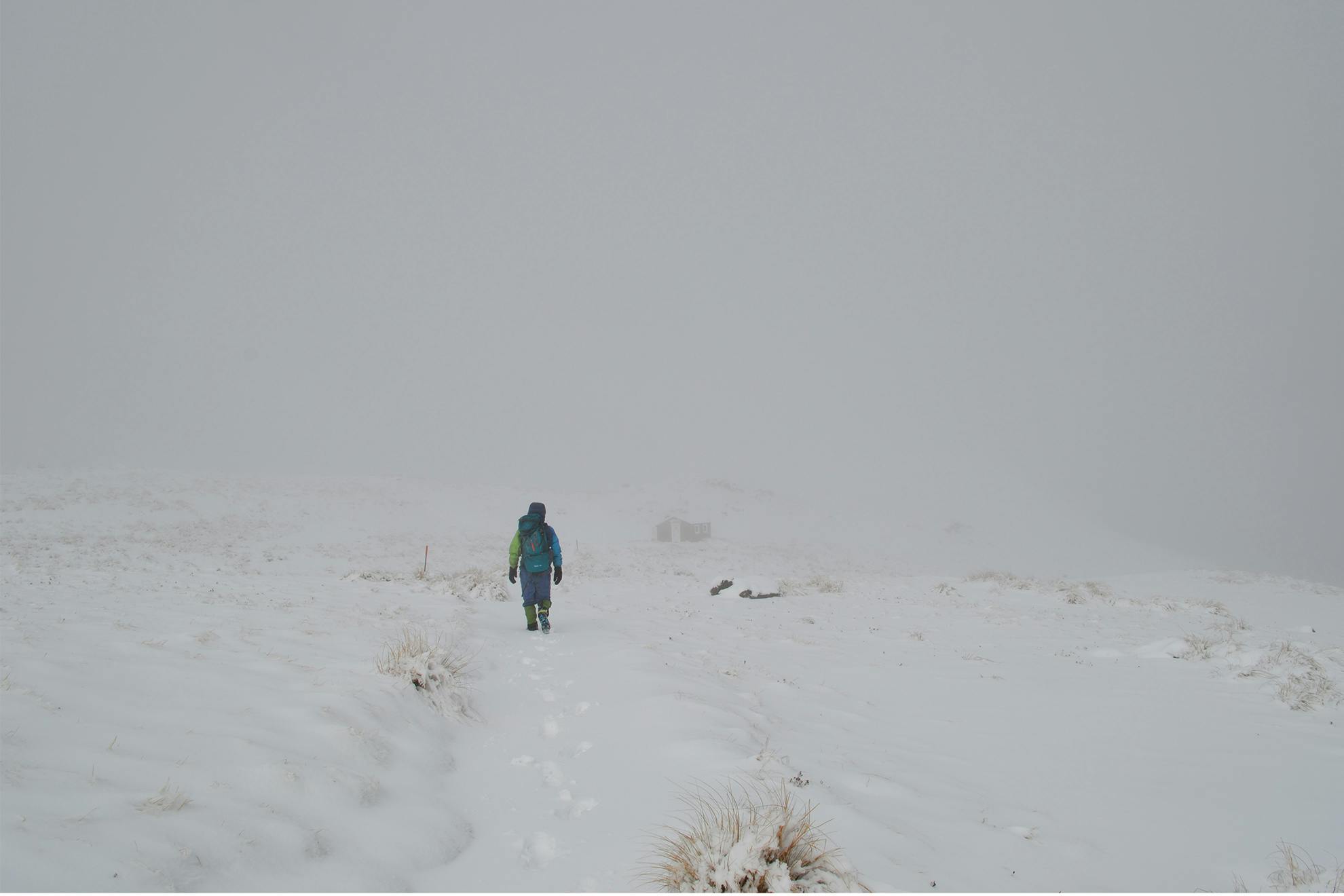Hypothermia occurs when a person’s body temperature drops. The person affected is often unaware before confusion sets in, which makes the situation worse. How do we prevent this, and what actions should be taken?
Cold, wet and windy
If it’s cold or wet or windy, it is easy to keep warm. However, when two of these sit together – cold and wet, wet and windy, or cold and windy – the risk of hypothermia increases. It is much more serious when all three conditions occur together: cold and wet and windy.
‘Bad weather’ often involves all three conditions.
Energy
Outdoors, when a body cools, warmth is gained by activity. Actions such as shivering require energy. Hypothermia occurs when your body no longer has the energy to keep itself warm. Anything that reduces your energy adds to the risk of becoming hypothermic. Examples include not eating sufficient food, exercising to fatigue, carrying an injury or fighting an infection.
Prevention
Hypothermia can strike at any time of the year, so prevention is always better than cure.
- Match the trip to your ability and be sure you’ve recovered fully from even a minor illness before heading out.
- Check the weather and ensure you can manage the trip. Consider your planned route and the effect of the weather. If the trip involves travel in exposed terrain, poor weather conditions are particularly dangerous.
- Consider the cold when planning a river route, or even a single crossing during which you will get wet.
- Plan an escape route to use if conditions deteriorate. Decide on the point at which you will choose whether to continue or not and, from there, know how much longer it will take to reach shelter.
- Ensure you take warm clothes and an emergency shelter and sufficient food, and start with a good breakfast and snack often.
- Don’t become fixated on the goal. Stop or turn around if it’s harder than expected or the weather deteriorates. If you get a mild or moderate injury, consider going back or taking an easier alternate route.
- Shelter from the wind by moving to the lee of a hill, getting behind rocks or scrub, returning to the bushline, setting up your shelter or heading to a hut.
- Keep warm: wear a hat and gloves and add layers according to the situation.
- Wear a good waterproof coat and stay dry. Consider overtrousers – even if they are not totally waterproof, they can still block the wind. Wear a base layer that wicks the moisture (rain or sweat) away from the body.
Recognition
When your body is too cold you’ll start shivering to provide internal heat. It’s also a warning that your body is too cold. Take action early. Blood is shut off from arms and legs, which feel cold to touch and may look pale or bluish. This affects muscle activity and leads to a lack of muscle control and clumsiness. Eventually, the brain is affected. Together, these cause the ‘umbles’: fumbles, stumbles, mumbles, grumbles and tumbles. It’s then that urgent action is required.
When the body runs out of energy, shivering stops and this is a critical sign of hypothermia. In the last stages, a person may think they are hot and will remove clothes to try to cool down. Then loss of consciousness occurs.
Watch others in your group for signs. If one person is affected, expect that others may be too.
Actions
- Get out of the cold, wet, windy conditions. Find shelter and get warm with hat, gloves and layers.
- Consider ‘fugging’ to get your group warm. Put a flysheet over the whole group, bring the edges under everyone and sit on them. This breaks the wind and warm air is shared.
- Once in a hut, tent or shelter where clothes can be dried, change into dry clothes. Eat, and drink warm, sweet liquids to get the energy up. Don’t drink alcohol; this will make the situation worse.
- If a person is suffering severely and these actions are not enough, get them in a sleeping bag with a heat source. Warm water in drinking bottles can be packed under armpits and around the body. Warm the hut if possible but don’t allow patients to get close to the fire.
- Monitor the patient if they become unconscious. CPR may be required.
- People with mild hypothermia who are still shivering and who warm up readily may be able to continue tramping after being warmed, rested and fed. If they have stopped shivering, even if rewarmed, they must not continue as their energy is depleted.








